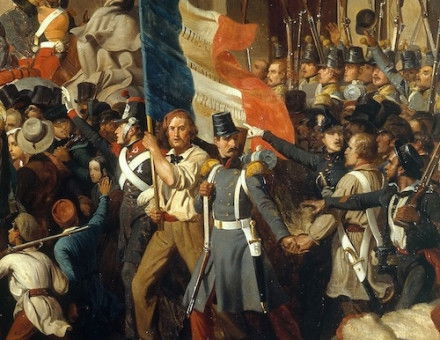Observations on the Bayeux Tapestry
Mildred Budny provides some observations on the Bayeux Tapestry
In view of the current Arts Council exhibition on English Romanesque Art 1066-1200 at the Hayward Gallery, it may not be amiss to draw attention to a remarkable feature of the Bayeux Tapestry, that great work of embroidery in the Anglo-Saxon tradition, produced at Canterbury within the sphere or under the patronage of Odo, Bishop of Bayeux from 1049-50 to1097, Archbishop of Canterbury, Earl of Kent from 1067 to 1082 and half-brother of William the Conqueror. It may have been made expressly for him, as he figures prominently within the scenes no less than five times. He may have intended it for the dedication of his new cathedral at Bayeux in 1077, or else he must have taken it with him to the Continent when he left England after imprisonment from 1082 to 1087.





